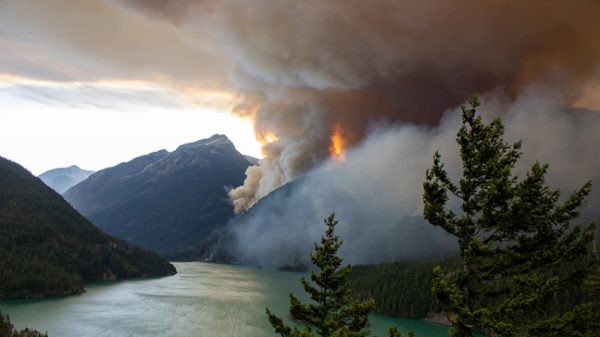This winter’s heavy rains may have caused an increase in the growth of the Coccidioides fungus, which causes valley fever, the California Department of Public Health announced in a press release. Valley fever occurs when dust containing the fungus is inhaled, leading to respiratory symptoms that can turn severe or even fatal.
Periods of heavy rain can cause the Coccidioides fungus to become more active, according to research conducted by the University of California, Berkeley and CDPH. That means valley fever cases could spike in the coming months, as spores that grew during this year’s record rainfall dry out and become airborne in dust.
Most cases of valley fever occur in California’s Central Valley, but rates of the disease have been increasing in areas along the Central Coast and in Southern California, according to CDPH data. Kern County has the highest rates of valley fever in the state, with 2,819 cases reported in 2021.
Statewide reports of the disease have increased significantly over the last two decades, from less than 1,000 yearly cases in 2000 to over 9,000 in 2019. About 1,000 people are hospitalized with the disease each year, and of those cases, one in ten results in death, CDPH data shows.
While about six in ten people who are infected will fight off the infection naturally, those who become sick may experience coughs, fevers, difficulty breathing and chest pain. People with severe cases of valley fever may need hospitalization, followed by extensive follow-up medical care.
“Breathing in even a small dose of the fungus can lead to infection. CDPH does recommend measures for reducing exposure to dirt and dust to help prevent valley fever, including keeping car windows closed and using recirculating air, if available, when driving through areas where valley fever is common,” CDPH said.






































